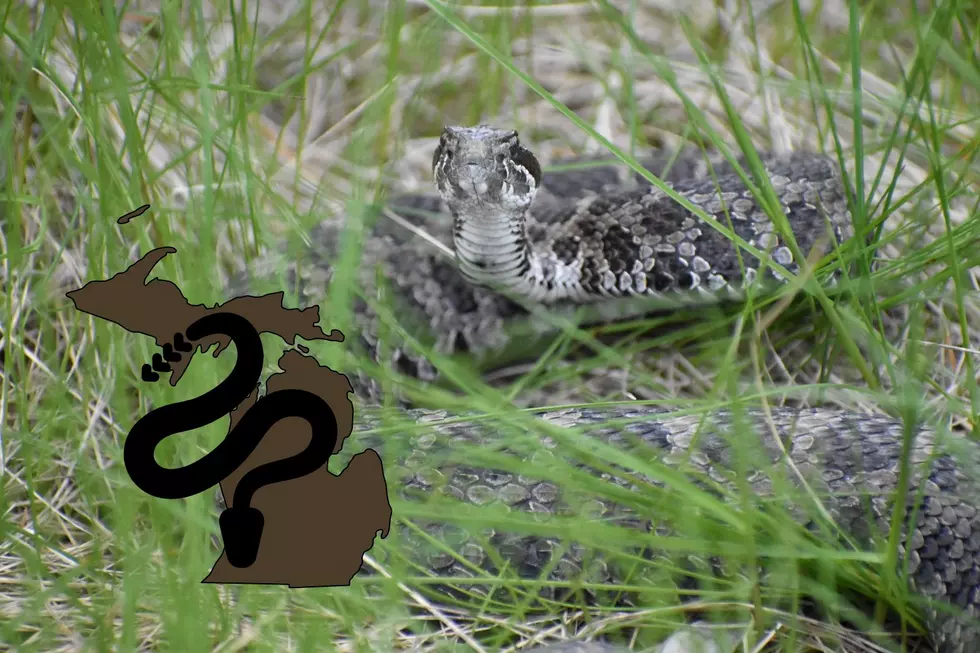
El Niño’s Impact on Michigan’s Winter: White Snow or Brown Mud?
When it comes to weather predictions, the good people at the National Oceanographic and Atmospheric Administration (NOAA) have better tools than wooly bear caterpillars to forecast the length and severity of the upcoming winter. They have years of data, jet streams, heat domes, polar vortexes, and El Niño.
Related: Caterpillars v Almanacs: Who's More Accurate Predicting MI Winters?
El Niño is when we see rising water temperatures in the Pacific Ocean, thousands of miles and climates away, causing warmer air to move into the jet stream that eventually blows over Michigan. It has been 4 years since our last El Niño event, and it looks like we are in for our next this winter.
The latest forecast (seen above) calls for warmer-than-average temperatures on the horizon for the northern tier of the U.S. and for a lot of the western states as well. Michiganders visiting family in northern New England, the Pacific Northwest, and Alaska will more than likely feel the full effects of El Niño.

As for Michigan itself, NOAA is predicting a 40-50% chance we will see warmer than average temperatures in Michigan and throughout much of the Midwest. So what does that mean for winter activities like skiing, snowboarding, ice fishing, snowmobiling, and all things Michigan outdoors?
According to NOAA's latest long-range forecast, Michigan is slated to see below-average snowfall, which is liable to mean overtime for the Mitten's ski-slope snow machines. Much of the Lower and Upper Peninsulas will be impacted by the warmer-than-average El Niño jet streams.
Related: Historically Strong El Nino and It's Impact on Michigan's Winter
There is a snowy white glimmer of hope for those who enjoy the cold powder. It looks as if the warmer air will miss most of the Kewennee Peninsula, giving Michigan residents who love a traditional winter a destination to explore.
LOOK: The most expensive weather and climate disasters in recent decades
Gallery Credit: KATELYN LEBOFF
LOOK: 50 cozy towns to visit this winter
Gallery Credit: Laura Ratliff
KEEP LOOKING: See what 50 company logos looked like then and now
More From 99.1 WFMK






